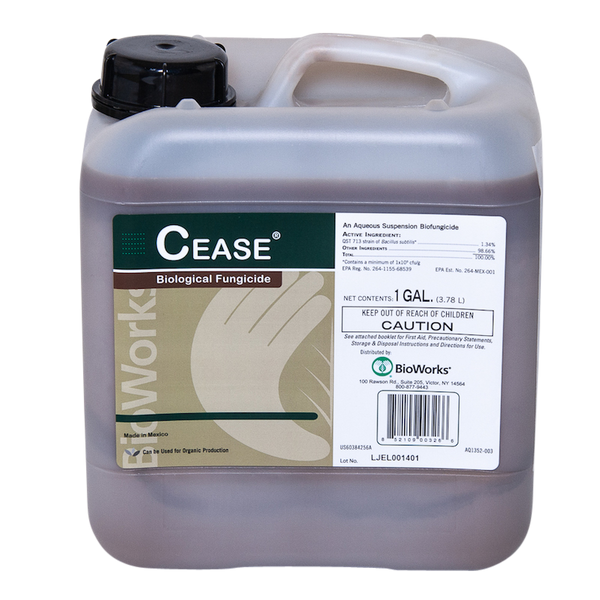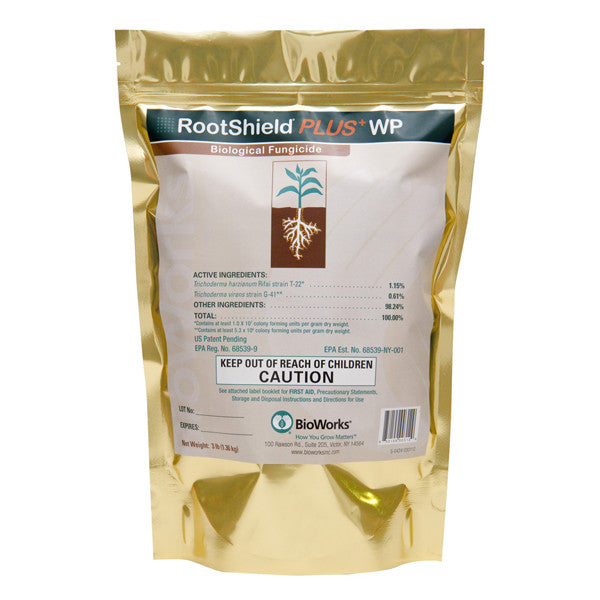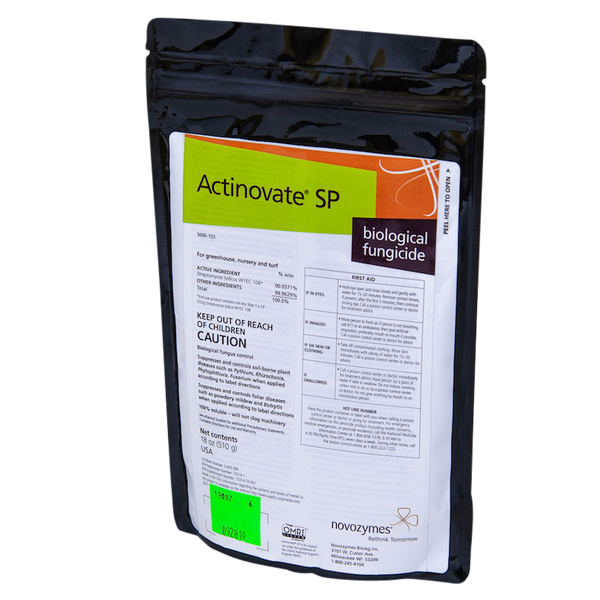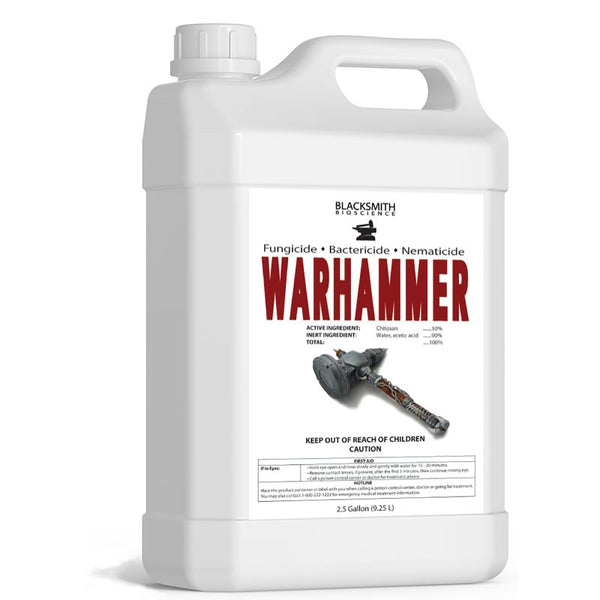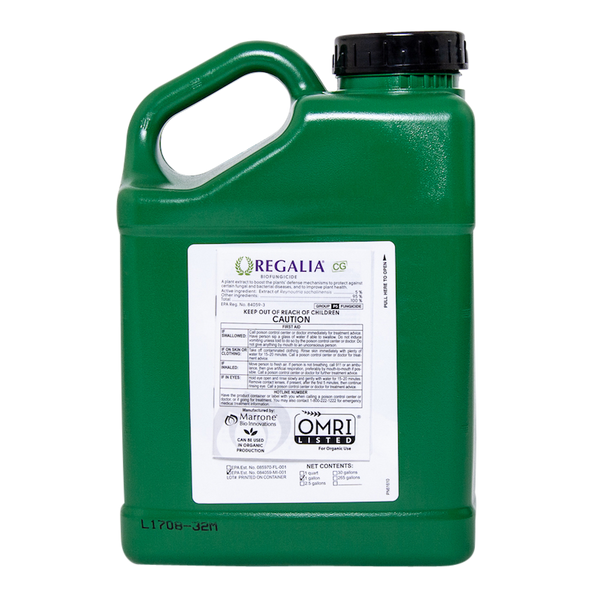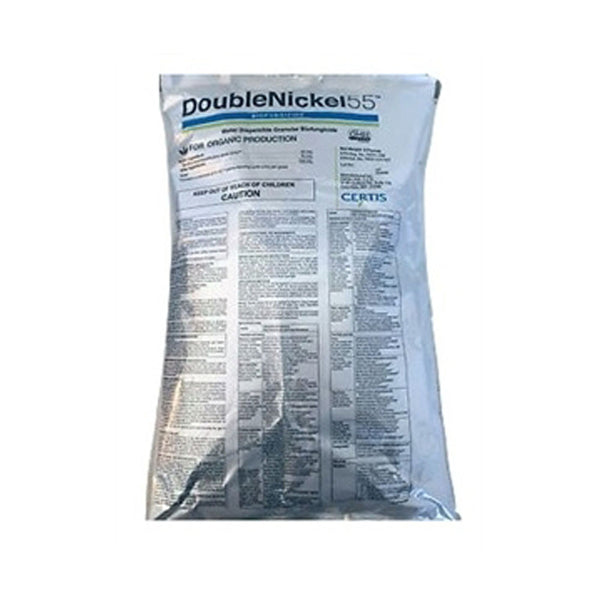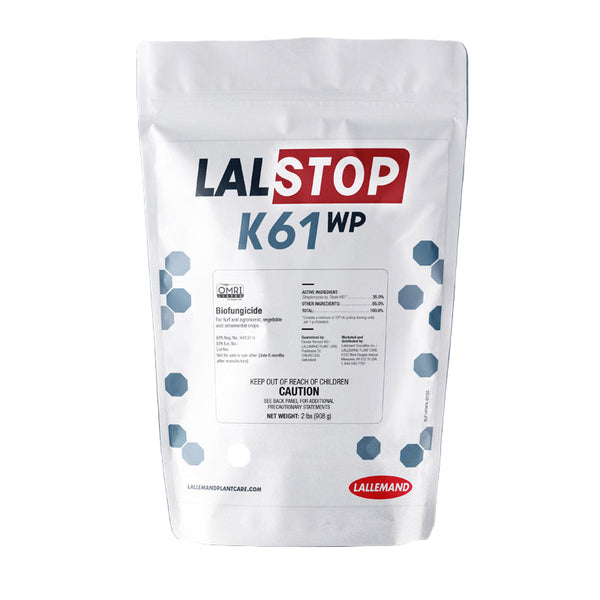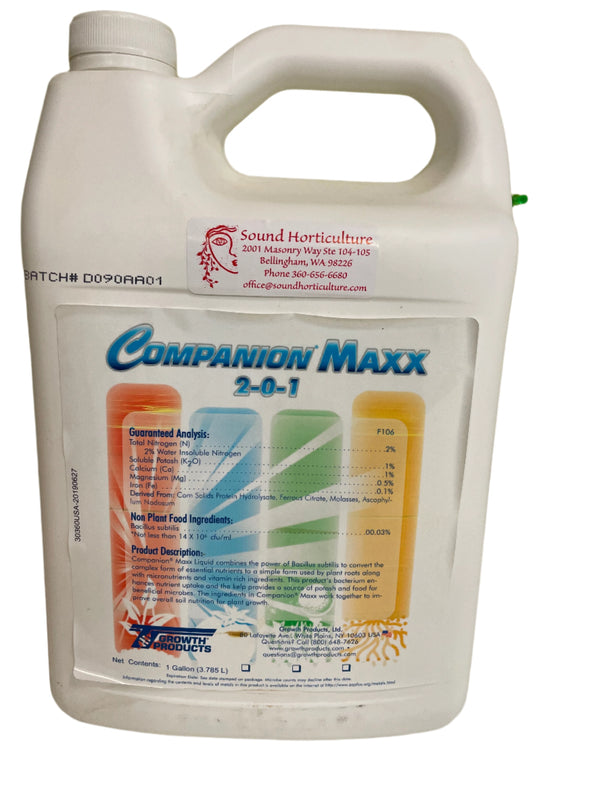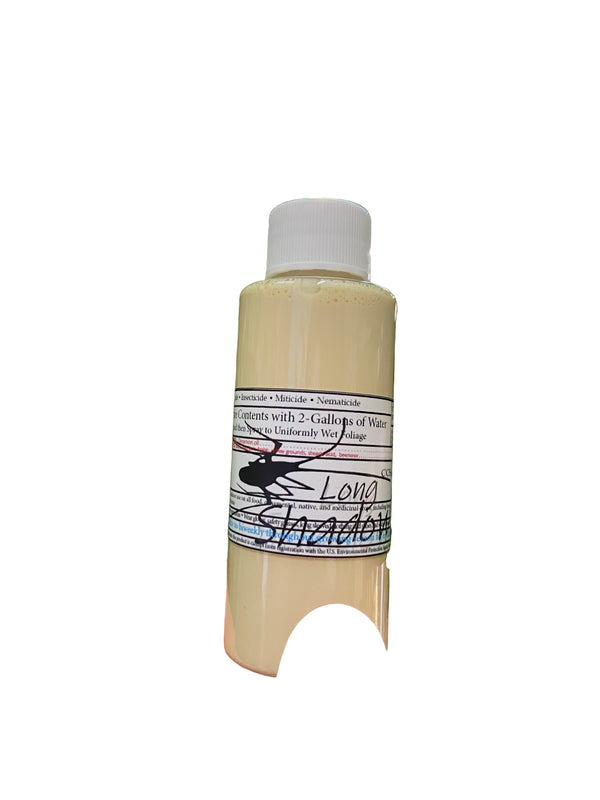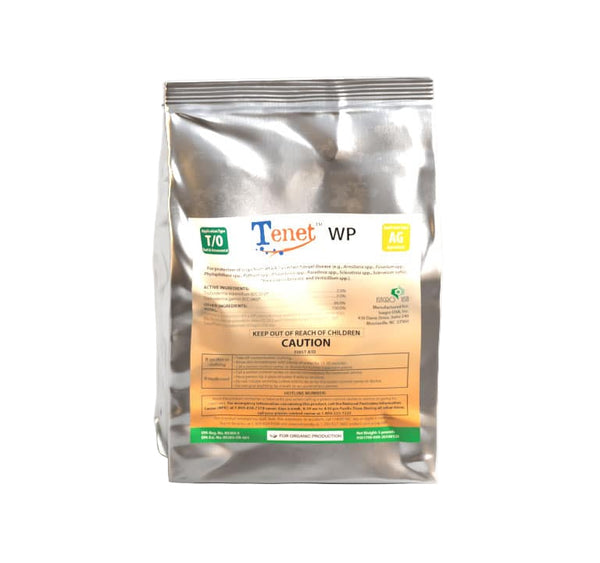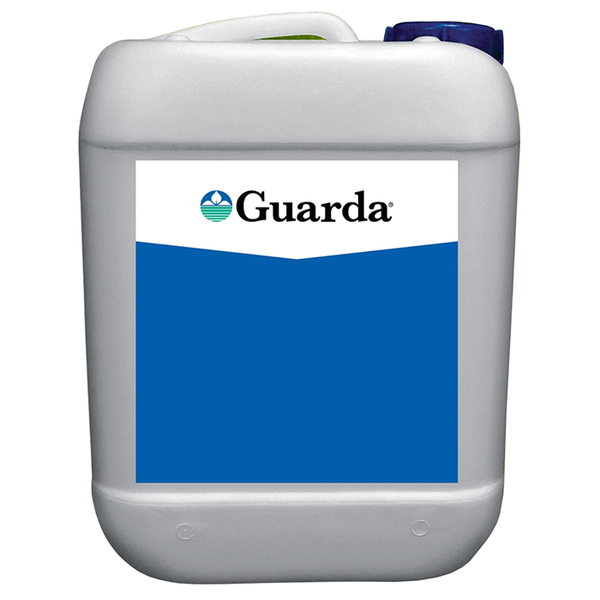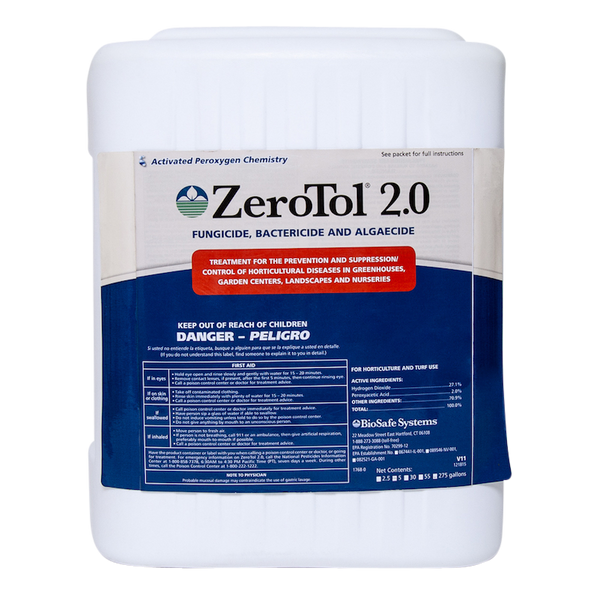Pythium Control
Shop Below for Pythium Control
Pythium, like Phytophthora, is another fungal-like pathogen. This water mold is present in almost all cultivated soils and is the most common cause of root disease. Pythium can occur year-round in wet soils with poor drainage, cool temperatures and an excess of nitrogen or phosphorus. Symptoms are damping-off, wilting, browning or yellowing of lower leaves, leaf drop, stunting, mushy brown roots and plant death.
Pythium targets juvenile tissues such and the root tip and newly germinated seedlings. The entire primary root system may rapidly turn black, continuing into the stem. Most of the roots may be infected before the disease is found. The most typical symptom is the decayed root cortex is easily stripped off, leaving the vascular strand intact.
Pythium can be vectored by fungus gnats and shore flies who can also contaminate the soil. Pythium infects wide range of hosts.
Management combines inspecting roots of incoming plant material, using media with good drainage and avoid overwatering. Maintain good sanitation practices with equipment and keep hose ends off the ground. Rogue out diseased plants, sanitize pots and tools as Pythium can survive in dust, planting media and soil particles on greenhouse floors, in flats and pots.
For more information read Knowledge is Power When it Comes to Pythium by Ann Chase and P is for Pythium by Mary Hausbeck.


